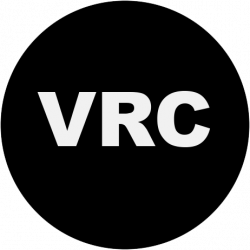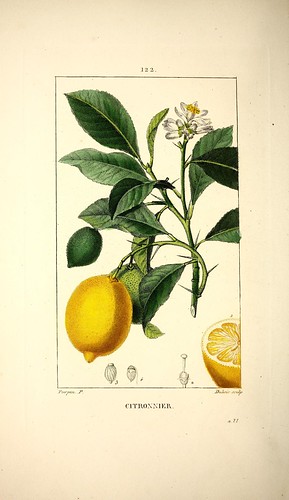The Penn Museum in Philadelphia, the University of Pennslyvania Museum of Archaeology and Anthropology, recently launched two new digital endeavors for researchers.
The newly revamped Collections Database includes more than 690,000 objects and more than 95,000 images. The database records are robust, with links to related objects and bibliographic citations of where the image has been published.
The Penn Museum also allows users to download data files of its object records under a Creative Commons license. You can download datasets on all objects or by cultural group, including African, American, Asian, Egyptian, European, Historic, Mediterranean, Near Eastern, and Oceanian. The datasets include physical information, its provenance, and materialiaty but not images of the objects and the objects’ publication and exhibition histories.
The Research Map and Timeline provides interactive documentation and information about the museum’s research expeditions and projects since the 1880s. Users can browse projects geographically or chronologically, and the website provides a record of the dates, researchers, and time period studied as well as a brief description of the work done and key discoveries.
Via ArtDaily


